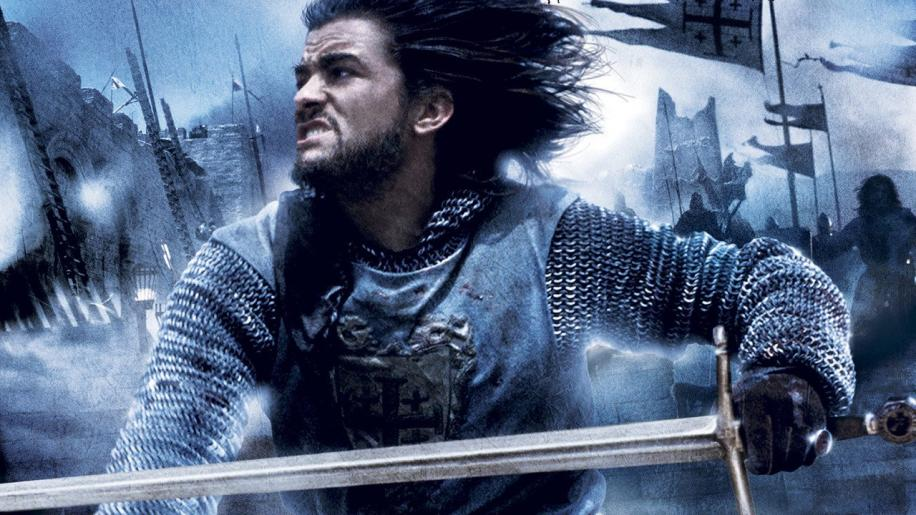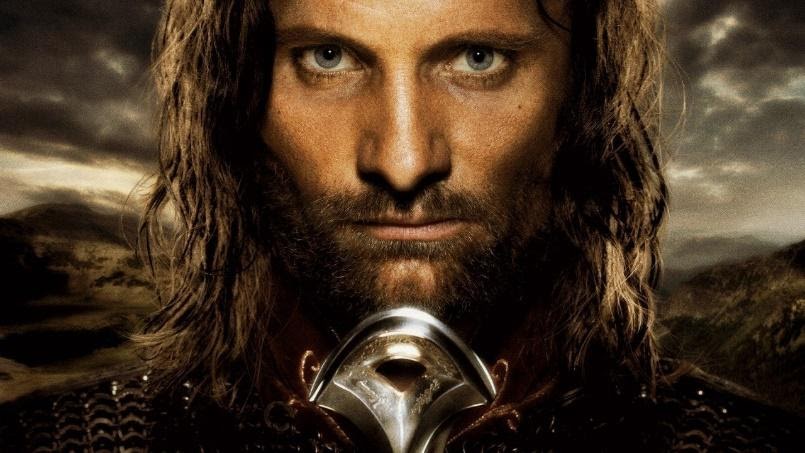vents around the Monica Lewinsky scandal and the subsequent impeachment of Bill Clinton, Impeachment – An American Crime Story follows key figures from the scandal, particularly Linda Tripp (Sarah Paulson) and her quest for vengeance on the white house.
Category: History
Spartacus vs Spartacus: The Film vs The Series
The story of Spartacus and his gladiator/slave rebellion (more formally known as the Third Servile War) has captivated people throughout history. A slave turned gladiator turned leader of a slave revolt in the heart of the Roman Empire would in turn inspire many such similar revolts throughout history. Naturally, it was only a matter of time before such tales found their way to film. The most notable, of course, is the 1960 Kirk Douglas film, Spartacus. Directed by none other than Stanley Kubrick, it was released with a somewhat politically charged undertone as it was released at the height of
The Best Total War Games, Ranked
On this list, we’ll be ranking the games in terms of their core gameplay and keystone features.
History Resurgent – The Rise of the Streaming Services
Despite no longer finding a mass appeal in Hollywood proper, the Historical Epic genre maybe finding a new place on streaming services.
Saving History – The Rise Of Cinematic TV
spite historical sword epics finding less success theatrically, they have begun to find a new form of medium in serialized TV. For a long time, such productions were impossible because they would be expensive. However, gradually building an audience first can persuade the producers to give more seasons and more financial backing.
The Last Duel [REVIEW]
This might be one of Ridley Scott’s best films to have come out in a long time. No doubt he was assisted a lot by the writing that Affleck Damon and Nicole Holofcener have provided with real complex characters and a strong foundation to support it
Drowning in Directors Cuts – The Decline of Historical Epics
You’re reading part 3 of our Historical Epic series. Read part 1 here! Period dramas have been the kinds of films directors have pushed themselves to make. Hollywood was also in the same vein looking to try to make the next Gladiator. There has been a string of historical films with some of the same talent such as Mel Gibson’s The Patriot and Russell Crowe’s Master and Commander. However, after the mid-2000s there has been a gradual decline of such films, at least theatrically. Some of them however have found a new lease on life when they reach DVD and
Fantasy and De-Mystifying Legends
You’re reading part 2 of our Historical Epic series.Read part 1 here! The filming techniques and writing that was prevalent in Braveheart and Gladiator help make Fantasy possible on the big screen. This cinematic formula reached its zenith when the Lord of the Rings trilogy hit theaters in 2001-2003. While Lord of the Rings is far from historical, there are elements from history that seep into it. Obviously, it is a medieval-esque world but with actual wizards and mystical creatures. Aragon is clearly a William Wallace type character as he serves the role of reluctant hero who fell into his
A History of the Historical Epic
We’re going to analyze the crap out of the historical drama genre and see how its centerpieces stand up to today’s standards.
Forbidden Remake: Disney’s Pocohantas
Picking up from our “Hunchback” (un)proposal – we’re exploring another film in Disney’s back-catalogue that they may be considering for a poorly conceived live-action remake: Pocohantas.
![Impeachment: An American Crime Story [REVIEW]](https://crude-mirror.com/wp-content/uploads/2021/12/cover-2.png)




![The Last Duel [REVIEW]](https://crude-mirror.com/wp-content/uploads/2021/10/cover-1170x616.png)



